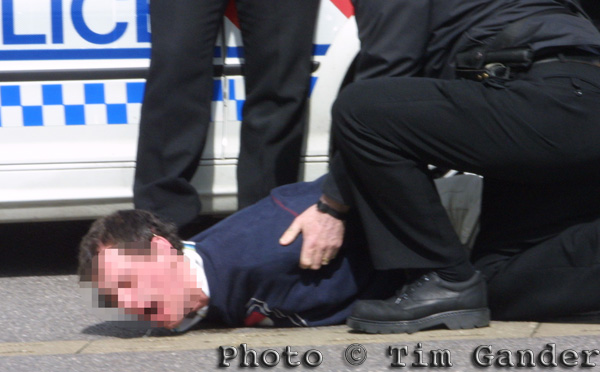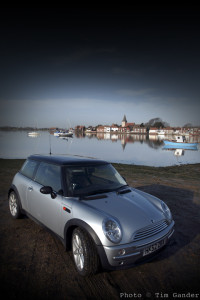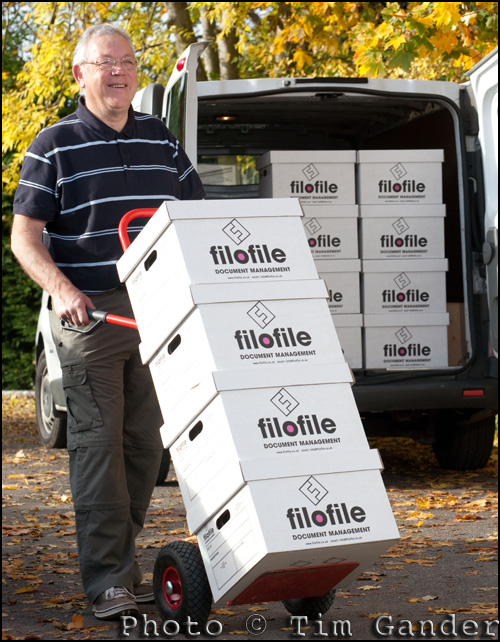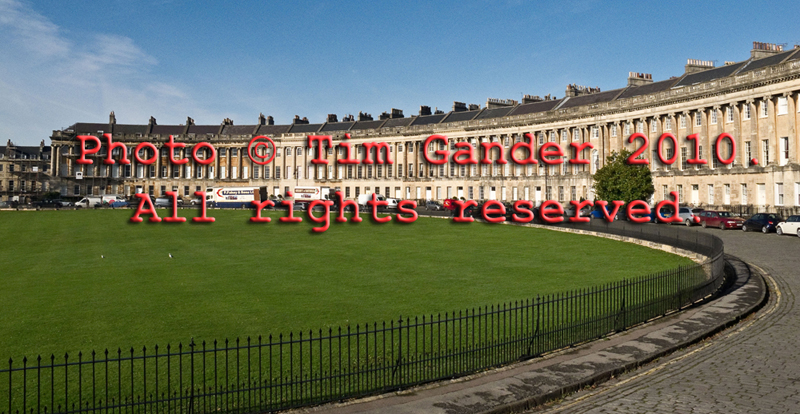Last Friday was the deadline for submissions to the “Independent Review of IP and Growth” (stay awake now) which is looking into intellectual property and copyright in the UK and how it should adapt to this digital age.
The review is headed by Professor Ian Hargreaves, who according to his blog has spent most of his working life involved in the creative industries. Well, newspapers to be precise which I would say USES creative input, but doesn’t strictly count (in my humble opinion) as a creative industry.
Much (ok, all) of the IPO review panel, was made up of corporate suits whose main interest in copyright lies in arm-twisting it from the hands of individual creators, but I don’t want this article to descend into political rantings so I’ll pause there and instead ask the question, “so what happens now?”
Not being an expert in constitutional affairs I can only be a little vague about this, and indeed Professor Hargreaves doesn’t really know either so I won’t be too hard on myself about that.
In a nutshell, the evidence is in, the review team will start to review submissions and evidence, and then report to Government in a few months’ time who will probably um and ah for a while before drafting legislation that will (probably) be deeply flawed and skewed in favour of some future Google-style startup.
So what evidence will the panel and the Prof be considering? Well I have to say, I’m a little surprised that by Friday morning there were only 180 submissions of evidence, including mine. I sincerely hope there was a late and massive surge as the day drew to a close, because that 180 will have come from all quarters – individual film makers, musicians, writers, artists, the trade bodies representing those industries as well as consumers, inventors, entrepreneurs and the publishers, broadcasters and aggregators who deliver creative content. Suffice to say a lot of submissions from many quarters and interest groups, both in favour of and against the strengthening and or weakening of copyright.
However, as with previous reviews and proposals, I fear the voice of photographers will have been drowned out by those who view copyright as an impediment to theft. Perhaps drowned out is the wrong phrase to use if, as I suspect, the number of submissions from UK photographers is pitifully low.
There are thousands of photographers in this country. Think of all the wedding and portrait photographers there must be out there. The editorial, commercial, corporate, advertising, industrial, architectural photographers. You could pave a four lane motorway from here to Moscow in both directions with the skin off the backs of all the photographers in the UK (I didn’t say it would be a good motorway), but where are they when they need to defend their own business assets?
It’ll be the photographer’s enemy and constant companion apathy again. That, and the fact that many of us are heartily fed up with fighting the constant threats to our working lives, while simultaneously trying to get on with our working lives. My suspicion is that if this review and subsequent legislation don’t give the Big Boys what they want (unfettered access to anything you or I create), we’ll end up right back where we started, with another review and another call for evidence.
Mr Hargreaves, don’t get too disheartened; Mr Gowers went before you and I suspect someone else will have to conduct another review in another five or six years. Assuming of course there’s anything left of copyright to review by then.












